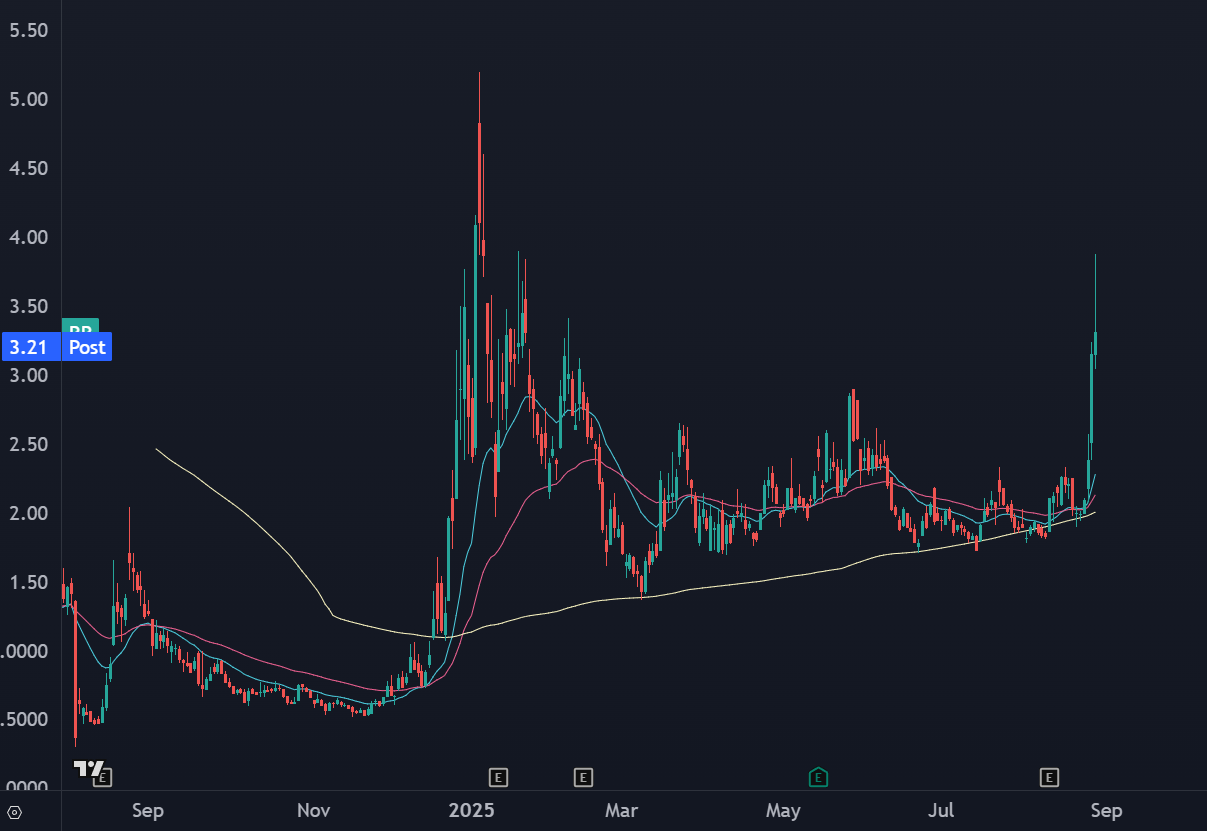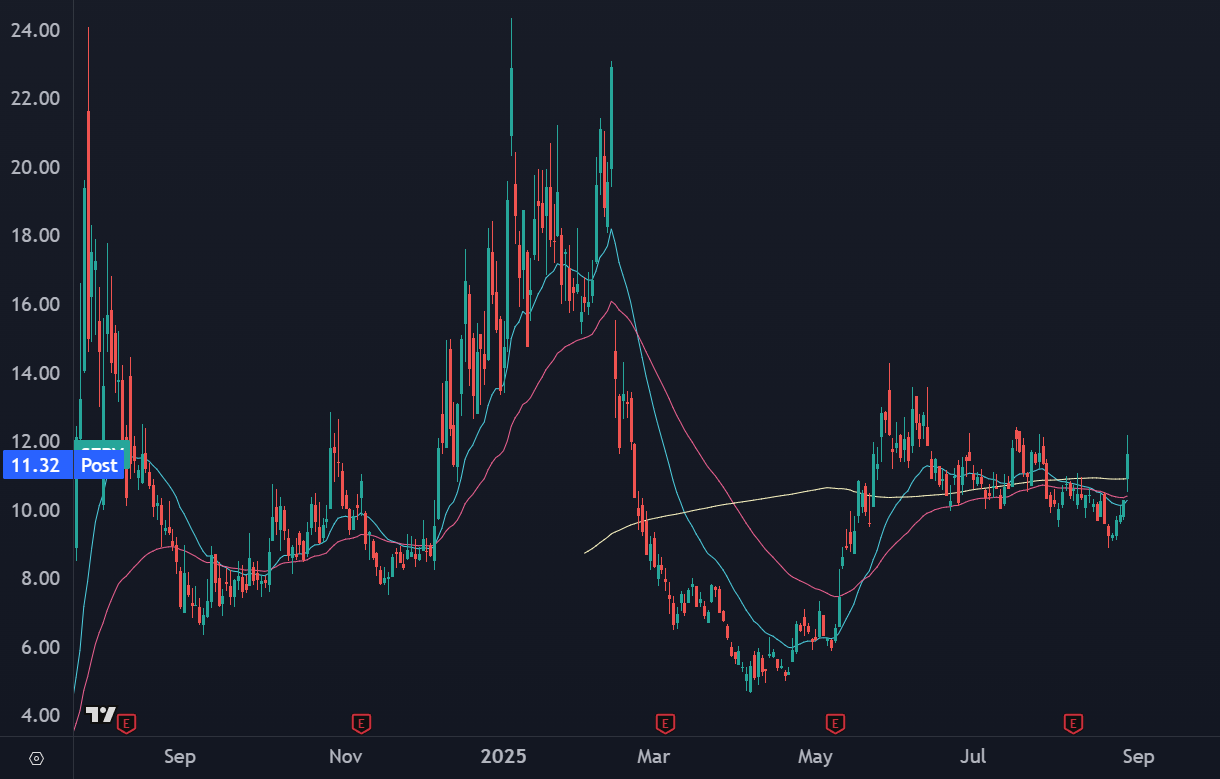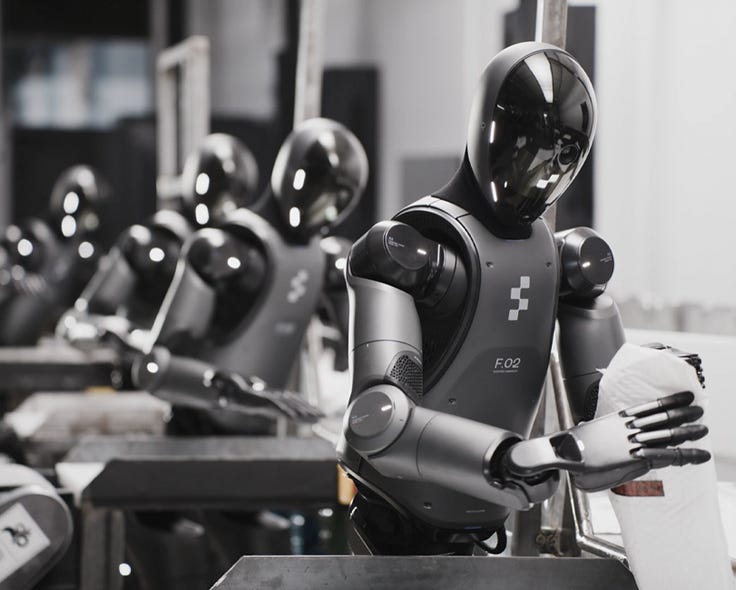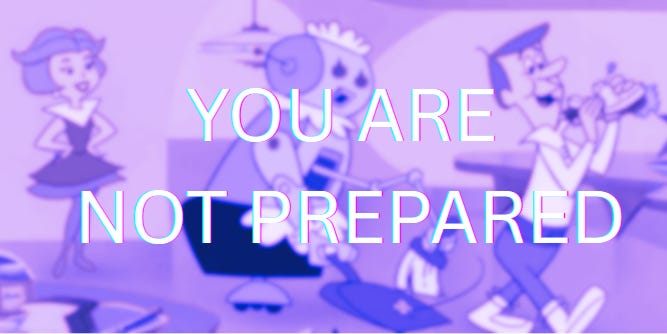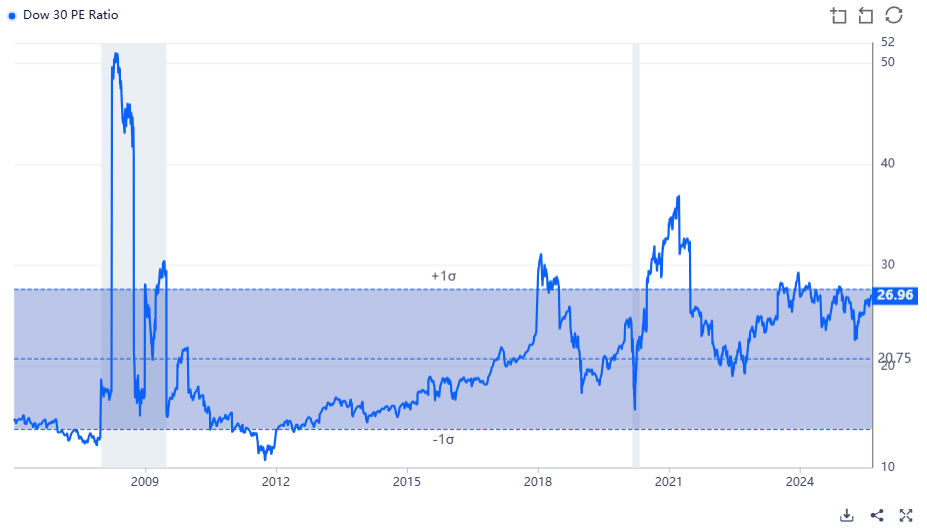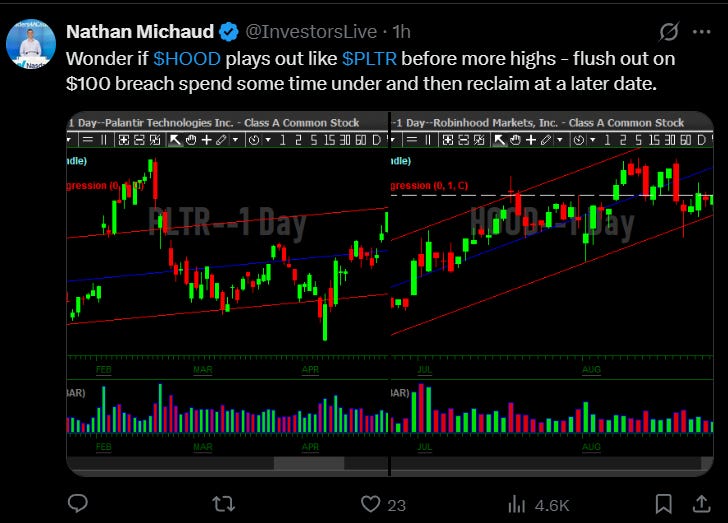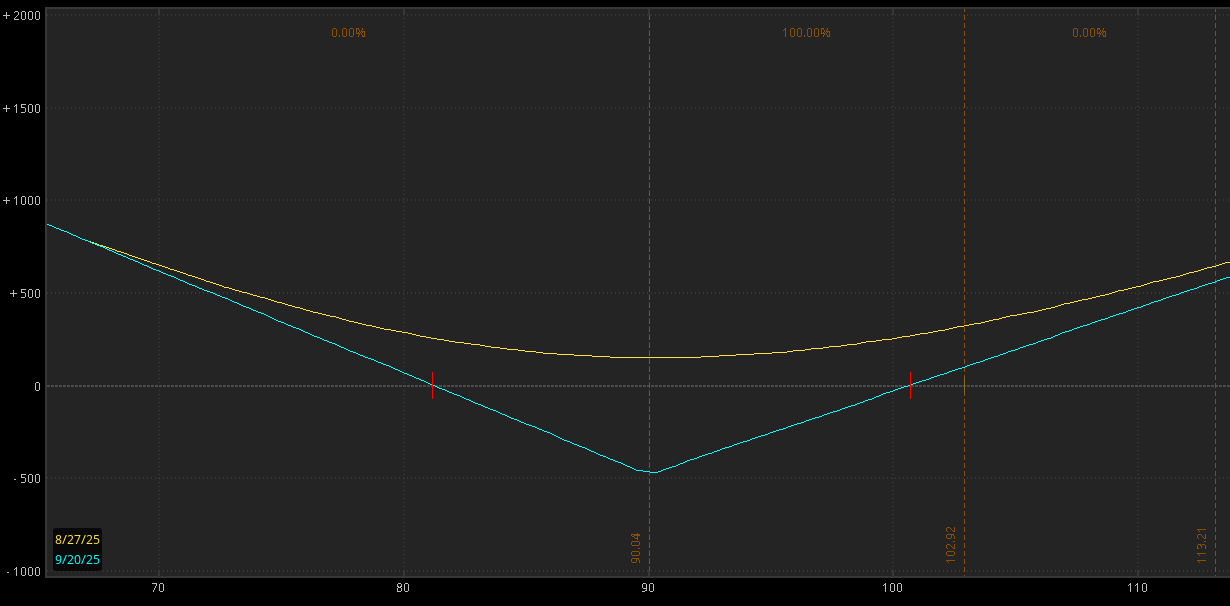The New Shiny Thing
The hangover from the Nvidia trade, and where capital is going to flow next.
The Whimper of NVDA Earnings
The company beat on earnings, beat on revenue, and is initating a $60 billion stock buyback.
And at least in the postmarket, nobody cares:
The drop after the earnings event lines up (nearly perfectly) with the straddle pricing, so it seems that the stock is an “under” with respect to what the options market was pricing in.
But $185 is a huge number. It would not be surprising if I wake up in the morning and the stock is solidly above it.
HOWEVER
The longer the stock holds under it, the worse sentiment will feel. We’ve seen signs of this already, along with a clear rotation out of tech and into smallcaps.
I’m not trying to scare you, but here’s a gentle reminder…
Tech momentum pulls back 30% all the time. The stock had a 40% drawdown after the deepseek catalyst, and anyone who’s been in the markets for longer than two years can tell you what happens when NVDA has liquidity push in the other direction.
I’m not predicting that move will happen… just more range, reversion, and distribution.
And rotation.
The Next AI Wave
If liquidity comes out of Megacap tech, where’s it gonna go?
Bonds? You think tech momentum investors are looking to score a 4% yield?
That’s not what we’re seeing.
If just a sliver of capital gets spread around to other AI proxy plays, then they’re going to rocket higher.
I’ve got a longer writeup for this, but here’s a few breadcrumbs to work with.
What are the new bottlenecks in the AI trade? It’s probably not chips. Maybe power, infrastructure, and water.
What is the next layer of the AI stack that can move? I’m thinking applied AI. This can be split into physical AI (think robots) and companies that have clean data sets with massive value unlocks.
Some of these have already moved, like RR:
Convex Spaces Clients had this callout at 2.11.
There’s also another robotics company SERV that is starting to catch some upside heat:
(CS Clients had that one hand picked yesterday.)
You know what, since I’m on a roll, let’s let it rip with the robotics trade.
Narratives and Price Action
You’ve probably heard of reflexivity. The idea that price action can lead to new stories in a stock that can reinforce the move. It can also run in the other direction, where a catalyst or news story hits and stocks respond, leading to more eyeballs on the name and an acceleration of the narrative.
Here’s a simple question:
How do you think investors will act when the first humanoid robot rollout hits this year?
It’s going to be NUTS. I’m talking peak saturation, not just on CNBC but Good Morning America. You’ll have women sipping on the PSL’s while Figure AI robots start doing their laundry.
Tesla’s Optimus robots will have a beta launch by the end of the year as well.
Touch and Feel
The AI trade is hard to understand for investors. Go ahead, ask your financial advisor how Large Language Models actually work, and why we need GPUs instead of CPUs.
It’s all abstract, sitting on a server somewhere.
But a ROBOT? That you can touch and feel and see instant results?
The Narrative is not priced in. At all. If humanoids start to show up on warehouse floors and shopping centers, then it’s going to be like a page out of a John Bogle book.
“Invest in what you know.”
And I know that once this news starts to hit the mainstream, the Reflexive effects in the market could be the progenitor for a new bubble.
What about the second order implications? If industrial stocks have cheaper labor costs, their margins expand and are granted a higher PE multiple:
I’m early on this idea, but I’m not that early. Don’t be shocked if this theme starts to heat up as we head into the fourth quarter of this year.
Stealing A Trade
My friend Nate had a good idea for another momentum breakdown setup:
This seems to be a solid idea. The stock’s been tired, it failed to hold 110 and it finished at the lows.
Yet you could see VERY aggressive buyers into a flush. That means even if you nailed the trade with a short or long puts, you’ve got to be quick on the exits.
There’s another interesting way to play this… and it requires a little creativity.
I’m not sure if there’s a name for this, but it’s called a put overbuy. It’s a kind of synthetic long volatility trade.
Here’s the setup:
Buy HOOD Sep $90 Puts at 2.23
Buy 20 Shares HOOD at 103
The beauty of this is you trade around the stock. If the stock rips, then you scale out shares and are left with some cheap puts.
And if the stock gets crushed, you just set some limit orders to reduce your exposure.
This works EXCEPTIONALLY well if the stock were to have some kind of a PLTR-like move. For example, if the stock crushes to $90, you can get flat delta looking for a bounce. You would end up with a risk structure like this:
Not only does this give you a cheap way to trade around shares, it also gives you a psychological advantage in buying into a liquidity pull, because you anticipated that and bought puts which completely protect your downside.
The risk? There’s two.
First, if the stock farts around for two weeks, you’re going to bleed out theta.
And another risk would be if the stock drops and the long puts you own start to find traders that want to sell them… then you lose out on some vega, and your delta could change due to vanna.




